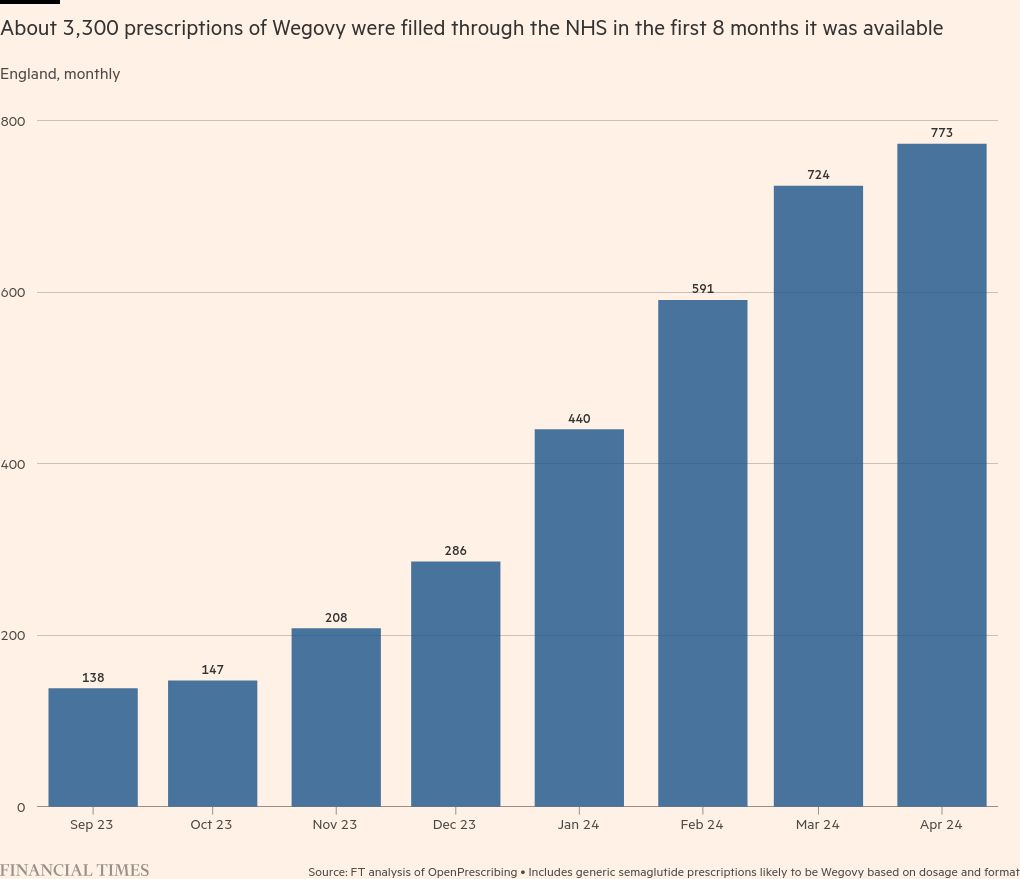UAccording to a recent study of 3,000 British children between the ages of 11 and 18, ultra-processed foods (UPFs) now make up two-thirds of the average child’s diet.
UPFs have been linked in recent years to an increased risk of cancer, heart disease and obesity, as well as increased depression and anxiety. However, researchers from the Universities of Cambridge and Bristol found that children in the UK consume an average of 861g of them per day, which is 66 per cent of their total daily intake.
However, Dr Federica Amati, lead nutritionist and author of Zoe Every body should know this, says “Parents should not be stressed about their child’s diet. Instead, follow the 80/20 rule where you try to ensure 80 Whole foods save 20 percent of what your child eats for other less nutritious foods like ice cream or candy.
“My own children love candy kittens, but I only allow them two at most after a nutritious meal because I’m concerned about how energetic this type of food is. We know from this latest study that kids are especially prone to UPF-heavy diets, so try to limit them wherever possible while being realistic.
From cereals to spreads and juices, Amati weighs your kids’ favorite foods…

Shreddies the original
The original can be a part of your kitchen cupboard as long as it is not taken as a daily breakfast staple. The frosted or cocoa version? Not the best. The original is high in sugar (12.5g per 100g) but contains whole grains and travels well – a handful in a Tupperware container can be a lifesaver for parents on the go. You can add fruit, cheese cubes, yogurt or nuts and seeds to make it a complete meal or meal.
Nutritionist Rating: ★★★☆☆
• Highly Processed Foods: 9 Things You Should Never Buy Again
Jordan’s Plain Granola
The ingredients are not great and the sugar content is very high (17.3g per 100g). I suggest swapping this out for Shreddies or Weetabix, two healthy, plain and fibrous cereal options.
Nutritionist Rating: ★★☆☆☆
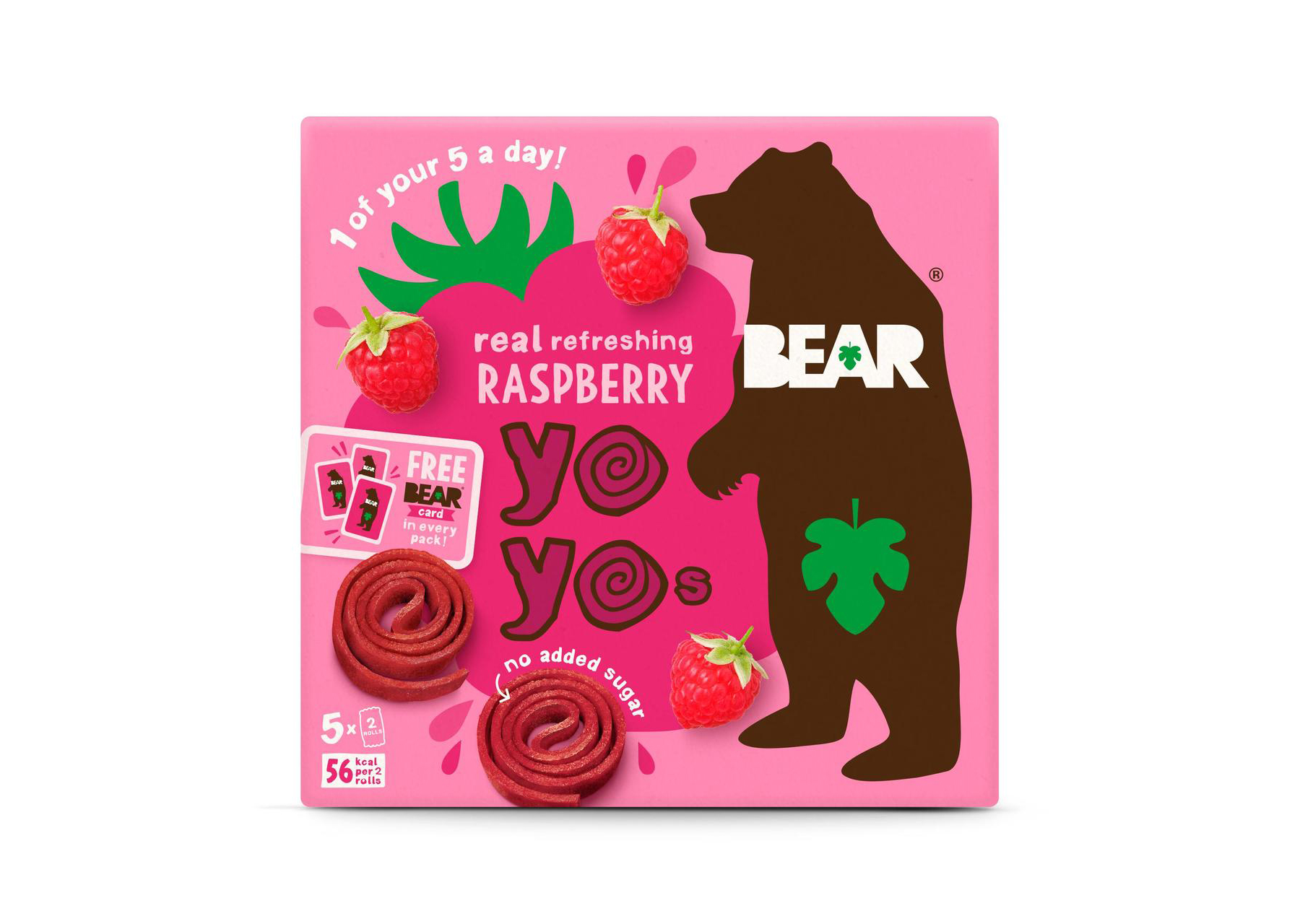
Bear Fruit Yoyos
These are very high in sugar (42g per 100g) but all dried fruits are dehydrated, so the sugar is concentrated. Still, they are high in fiber (10 grams per 100 grams). If your child needs a sweet and high energy boost because they’re running around the park or it’s a play day today, this bag of Haribo wins. But a whole fruit beats this.
Nutritionist Rating: ★★☆☆☆
Babybell
For an even less processed version that’s worse for processing string cheese, but with more nutrients and protein, you’re better off swapping for a real piece of cheese like cheddar, emmental, or parmesan. If your baby likes the mild taste of Babybel, start them off with mild cheddar before getting them used to different cheese flavors, which are good for their taste buds and a good source of calcium, a key nutrient for their bones and teeth.
Nutritionist Rating: ★★★☆☆
Halloumi
This is a traditionally made cheese and a great source of protein and calcium. It’s a bit high in salt, but it’s a good option for a young, healthy person without weight or blood pressure problems.
Nutritionist Rating: ★★★★☆
Alpine Strawberry and Yogurt Bar
This is UPF full of sugar (28 grams per 100 grams). Some fiber from fruit and oats (8.1g per 100g) saves it 0/5 points, but that’s about it.
Nutritionist Rating: ★☆☆☆☆
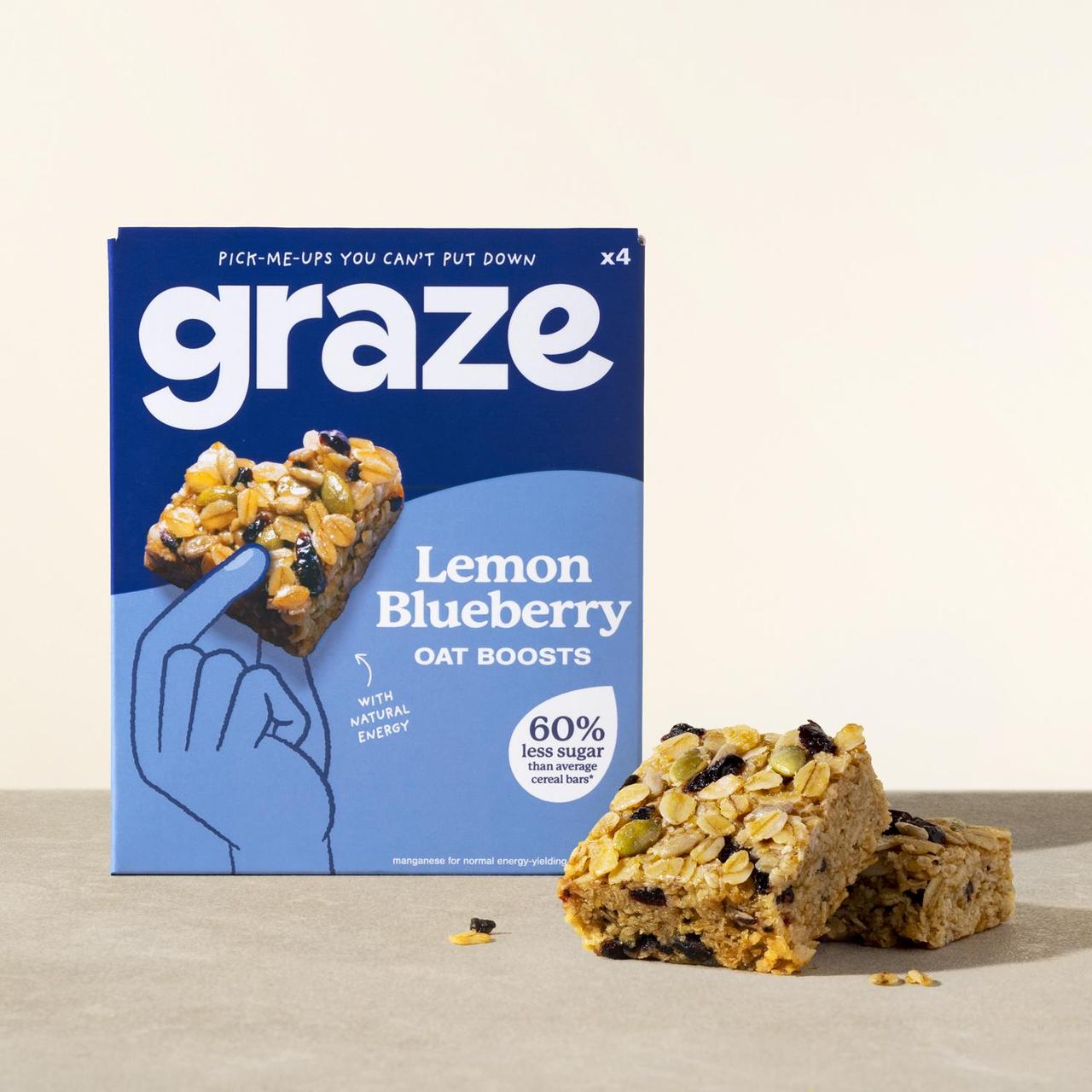
Grace Lemon and Blueberry Superfood Oat Bites
This is slightly better than Alpine Bars, but it’s still obviously highly processed and high in sugar and fat. There’s no point in having it in your child’s diet – they’ll be better off with a bowl of blueberries, nuts and seeds. Or make your own bars for a delicious, low-process treat by tossing oats, blueberries, seeds, a little nut butter, and a little cinnamon in a pot of water or plant-based milk and baking them for 20 minutes.
Nutritionist Rating: ★☆☆☆☆
Pepperoni sticks
It’s not from me. This is processed meat on a stick high in salt and saturated fat and my kids have never had it. The only caveat is if they occasionally get a stick of traditional salami from a very good food market, but not from a supermarket.
Nutritionist Rating: ☆☆☆☆☆
Innocent Smoothies
The ingredients, usually mashed fruits and vegetables, and a little juice aren’t bad. But the problem is that they have to be pasteurized, which means they’re rapidly heated for a short time to preserve their shelf life and keep them safe when they get to the supermarket. This process destroys vitamin C and polyphenols (micronutrients naturally found in plants) are not very fond of it either. As a one time treat these are ok, but definitely not every day.
Nutritionist Rating: ★☆☆☆☆
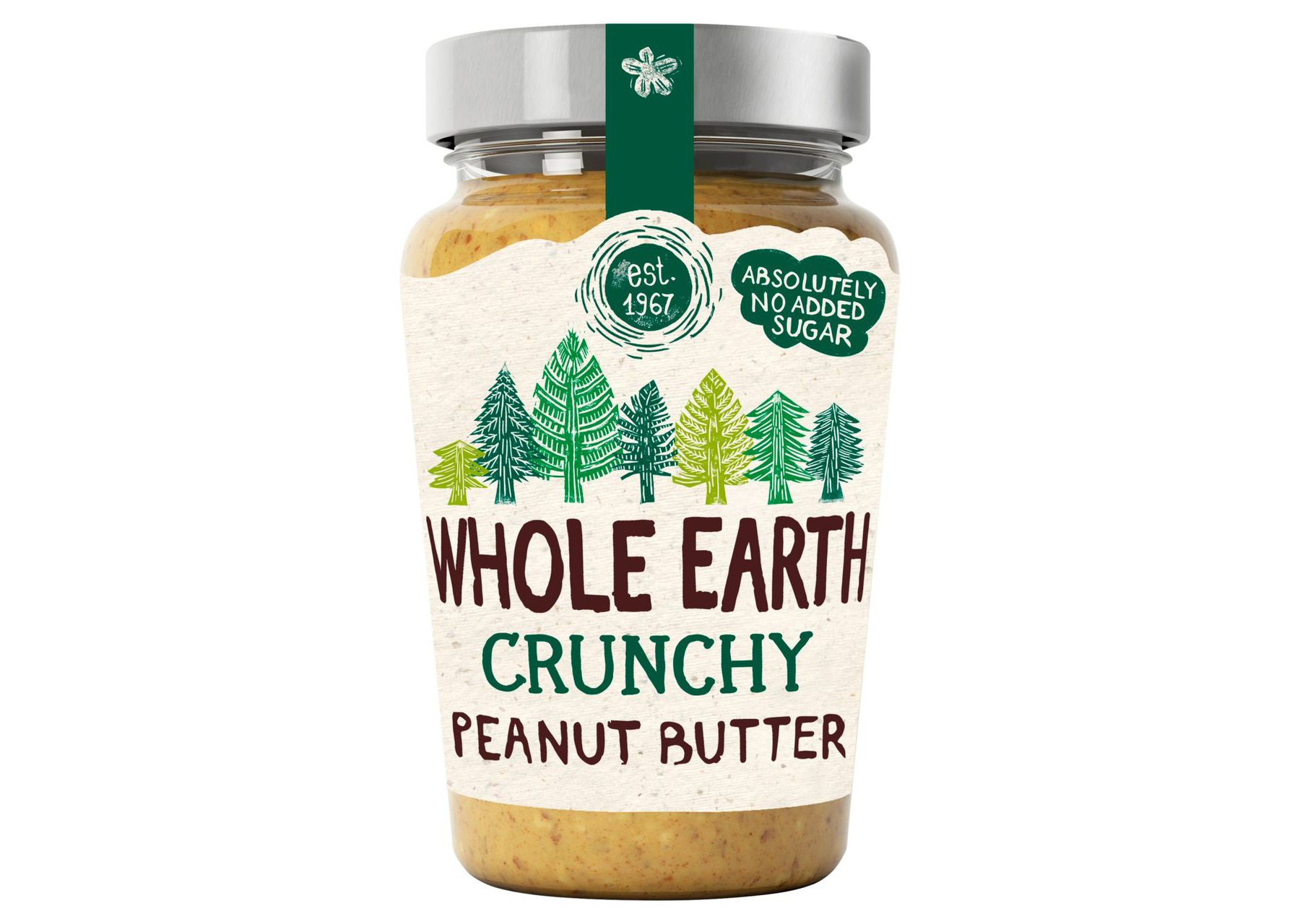
The whole planet is peanut butter
This is a good brand with simple ingredients (with roasted peanuts, a little oil and sea salt). Peanut butter is a nutritious, filling, high-fiber, low-sugar food. Opt for crispy and smooth as it is healthier.
Nutritionist Rating: ★★★★★
Sainsbury’s Fusilli
Pasta sits on a spectrum but as an Italian nutritionist I go for durum wheat or bronze die-cut pasta which have a higher protein content (this one contains 5.5g per 100g). The supermarket’s own-brand pasta becomes mushy after cooking, indicating that its high starch content and glycemic load raise your blood sugar quickly. For variety, buckwheat pasta made from lentils or fusilli are high in fiber. However, for a healthy, normal-weight teenager, pasta is a good base for meals – it’s all about what you have, preferably legumes, vegetables and extra virgin olive oil.
Nutritionist Rating: ★★★☆☆
• Highly processed meats ‘increase risk of premature death’
Dell’Ugo Asparagus and Mozzarella Ravioli
Again, it depends on the type you buy. Check out some fresh ingredients you’ll find in most kitchens—wheat flour, eggs, ricotta, parmesan. A long list of additives, colors and emulsifiers would indicate a highly processed and less nutritious product, but this is not so bad.
Nutritionist Rating: ★★★☆☆
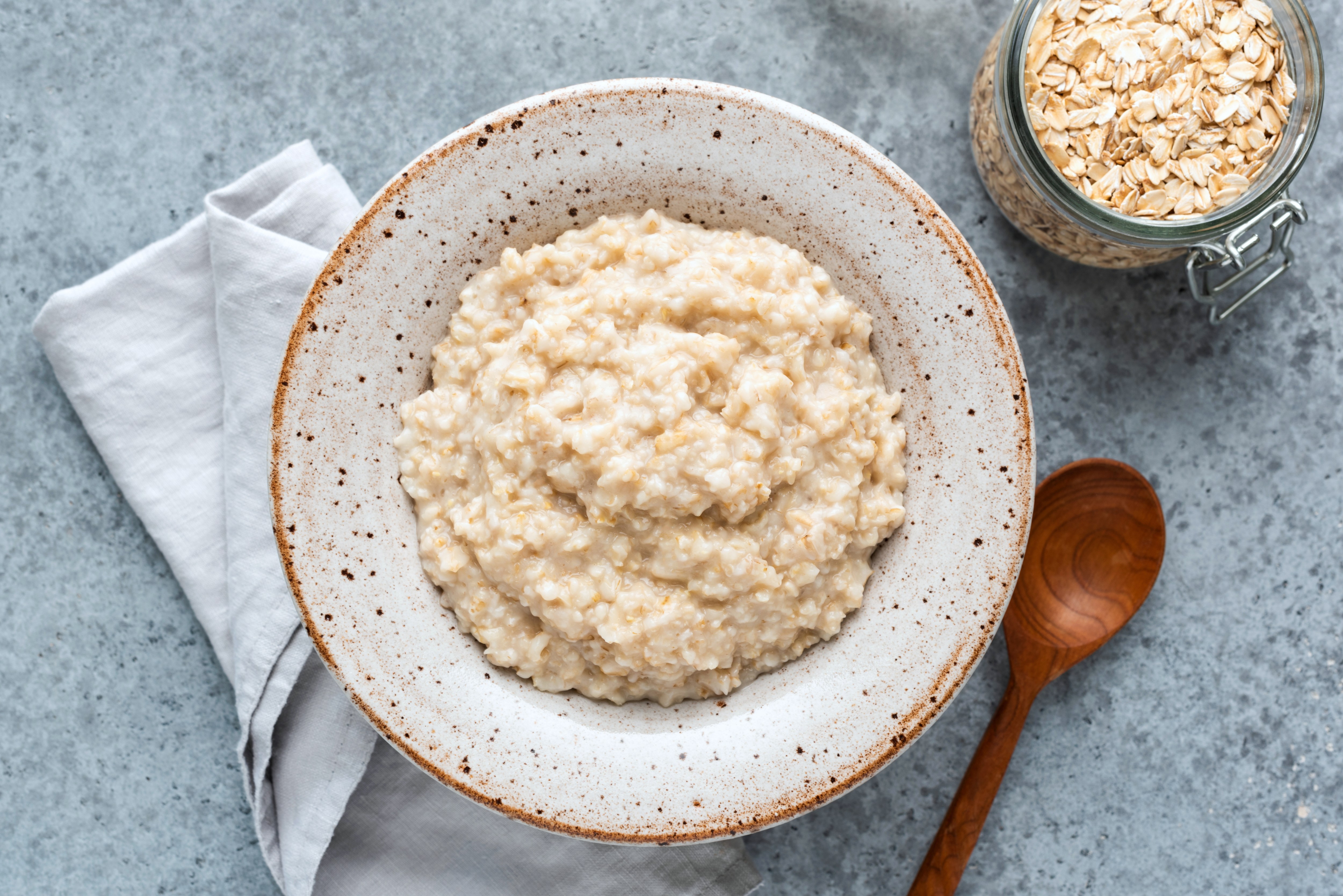
Jumbo Porridge Oats
Steel cut oats are in there and high in protein, healthy fats, iron and fiber so get a 5/5 from me. Jumbo porridge oats lose a slightly lower nutritional value than steel-cut oats, as processing increases their readily available starch, which raises the GI. But this is still a good source of energy and useful fiber, especially when eaten with fresh fruit such as berries, nuts and seeds. Avoid Ready Brek and other quick-cooking options that are highly processed and less nutritious, as are flavored porridges.
Nutritionist Rating: ★★★★☆
Supermarket brand brown pitta bread
Unless it’s made by a traditional baker, supermarket pitta bread is highly processed and has emulsifiers (added to processed foods to prevent the water and oil in it from separating), flavorings and salt added. Brown pitta bread is still healthier than white because it contains more fiber.
Nutritionist Rating: ★★★☆☆
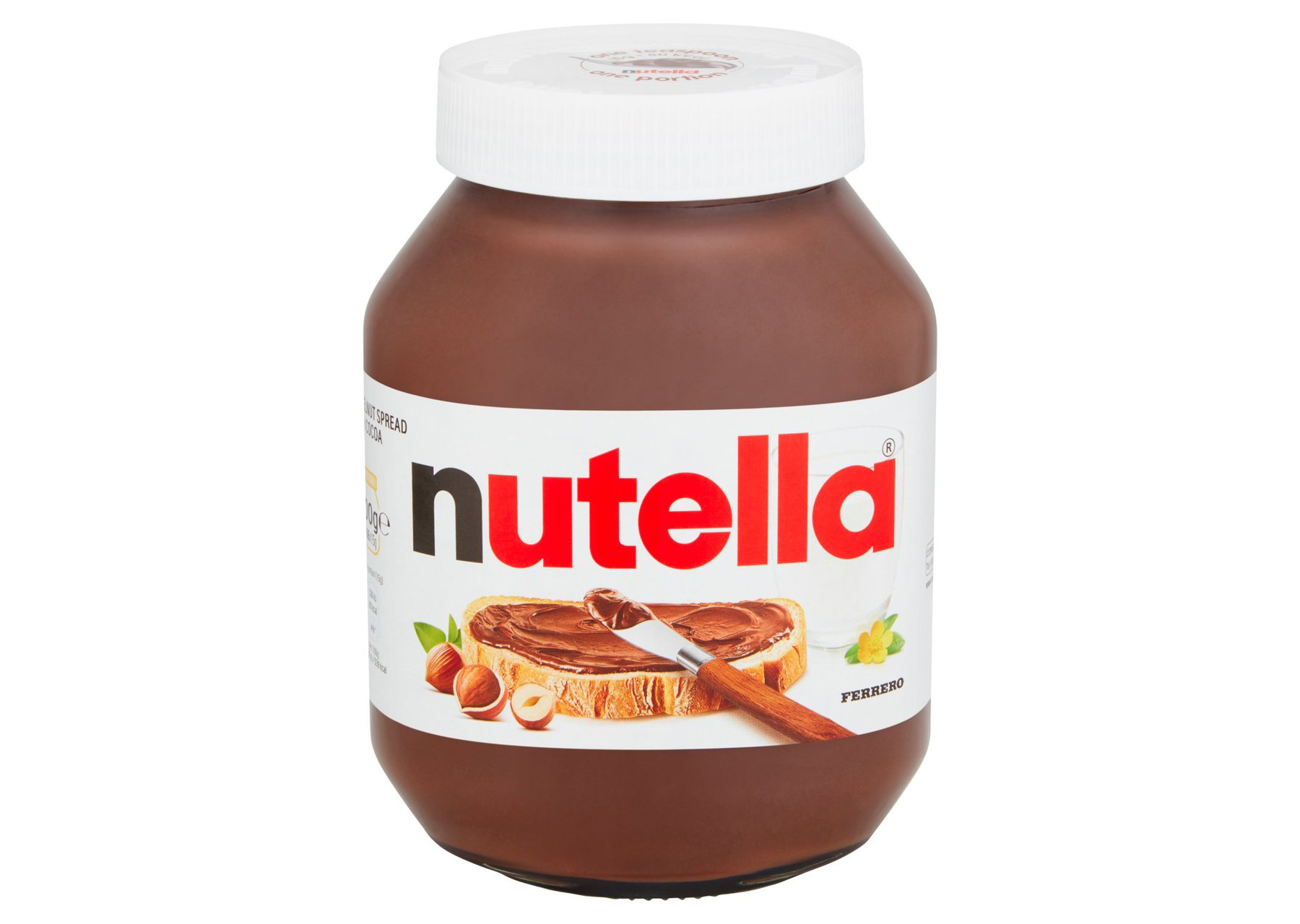
Nutella Hazelnut and chocolate spread
It contains almost no hazelnuts (13 per cent), is high in fat (30.9g per 100g, of which 10.6g is saturated) and high in sugar (56.3g), so you should opt for a healthier version, such as the delicious Ella’s Plantain. Creamy chocolate and roasted hazelnut butter. It contains about 40 per cent hazelnuts and 40 per cent almonds, with 9.8 grams of sugar per 100 grams.
Nutritionist Rating: ☆☆☆☆☆
Spreadable butter
Some brands contain butter and some with added rapeseed oil or cream and are the best to go for. However, many cheaper versions contain things like added emulsifiers. If you want to spread your butter, I suggest placing it on a plate outside of your refrigerator.
Nutritionist Rating: ☆☆☆☆☆
Tropicana Pure Smooth Orange Fruit Juice
This is pasteurized and leaves no fiber from sugar (8.6ml per 100ml). Nutritionally this offers very little and instead you can make fresh orange juice at home, which contains more vitamins and polyphenols.
Nutritionist Rating: ☆☆☆☆☆
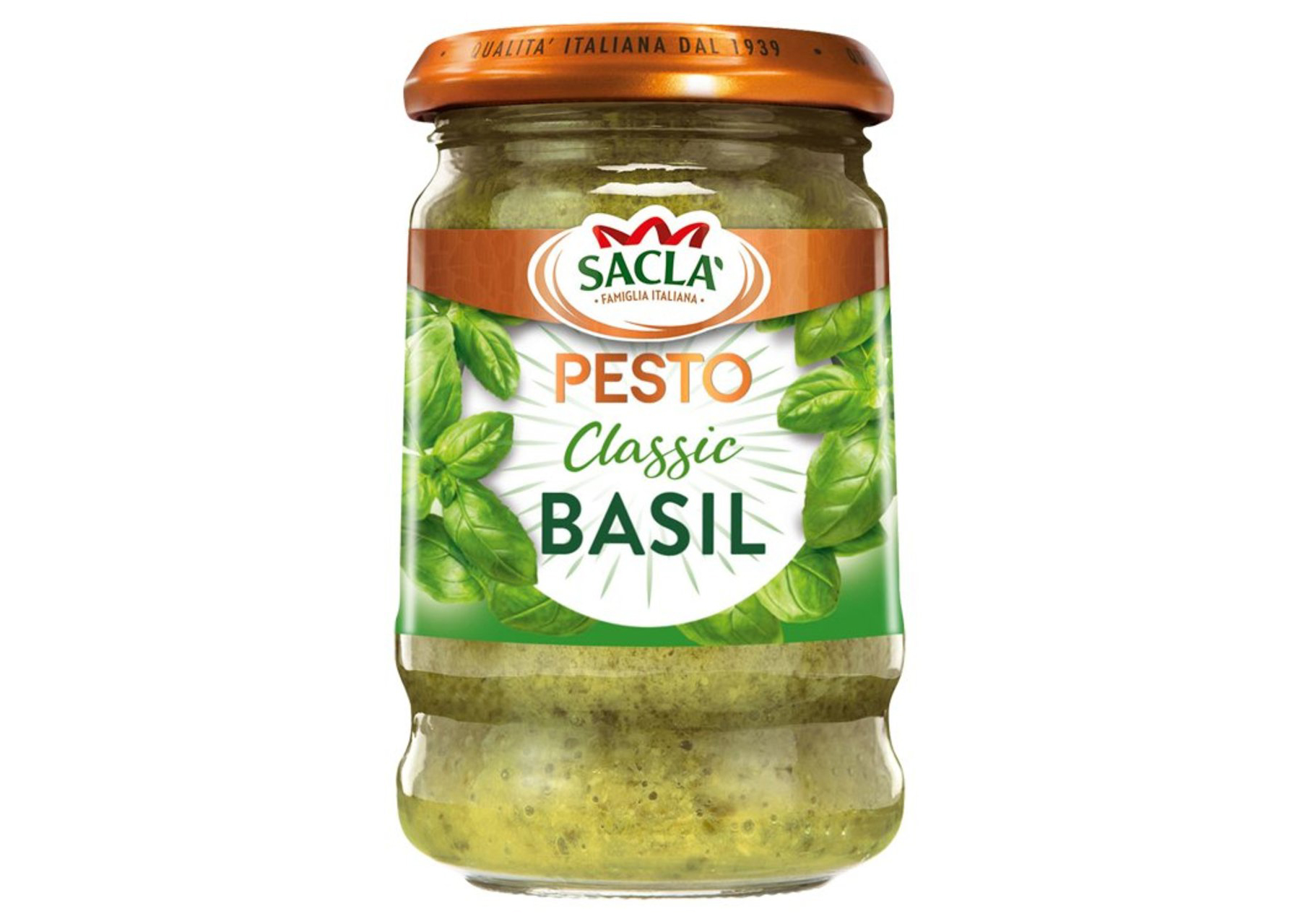
Sacla Basil Pesto
Some brands do a good job of being healthy and contain little else besides basil leaves, pine nuts, garlic, good quality extra virgin olive oil and a pinch of salt and Parmesan. It’s a case of reading what’s on the label you’re picking up and avoiding a long list of artificial ingredients. It loses a point because of unnecessary ingredients like potato, glucose, but it does not contain anything artificial.
Nutritionist Rating: ★★★☆☆
Oven chips
No flavorings (mostly curly fries) because it indicates artificial flavors and additives. However, a simple bag of oven chips that lists potatoes and a little starch (for crispiness) in the ingredient list is fine. Freezing potatoes increases the amount of resistant starch, which is good food for our gut microbes.
Nutritionist Rating: ★★★☆☆
Fruit yogurt
I find most fruit flavored yogurts problematic, but a handful of brands like Yeo Valley do a better job than others. Most yogurts aimed at kids — especially brightly colored ones — don’t contain live cultures and lots of sugar and don’t count as yogurt. They are basically reconstituted with skim milk powder flavoring (I give this type a 0/5). Introduce your baby to plain or Greek yogurt, which can be flavored with honey, nuts and nut butters, seeds, and fresh fruit.
Nutritionist Rating: ★★☆☆☆
Heinz Baked Beans
We don’t eat enough beans, and while these are technically UPF because of the sauce, there are worse UPFs to focus on. If the UK ate too much baked beans, we wouldn’t be in the health trouble we are now. The humble baked bean is high in fiber and an excellent source of plant protein, while the salt- and sugar-reduced version scores 4.
Nutritionist Rating: ★★★☆☆

Hellman’s Mayonnaise
There is no reason to take this nutritionally. It contains lots of emulsifiers and stabilizers, and all you really need to make mayo is eggs, olive oil and a little lemon. I wondered why people bothered to buy it when I found out how easy it was to make. It’s less bad than ketchup, brown sauce, salad cream, and barbecue sauce, however, because they contain more sugar (and would score 0/5).
Nutritionist Rating: ★☆☆☆☆
#healthy #childs #snacks

